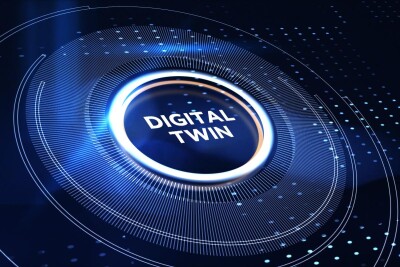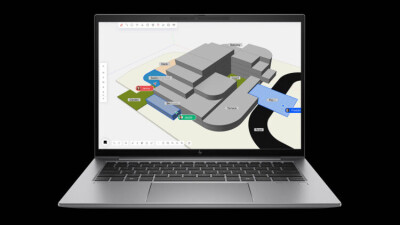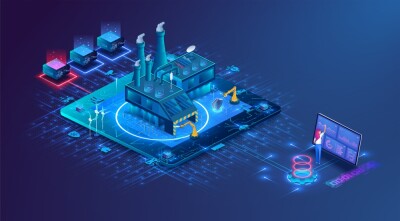We are living in a pretty incredible time, with the explosion of artificial intelligence opening up new capabilities across industries. At the same time, we’re seeing a proliferation of ways to create and derive insights from 3D models and other visualizations, with new use cases and tools seemingly coming about on a daily basis. Today, we’re looking at some stories from our friends around the industry looking at some of these new capabilities, tools, and use cases that cover different sectors, but all encompassing that world of 3D technology and visualization.
We start in that aforementioned world of AI, and a new model that takes many of the principals around the generative AI tools that have captured the mainstream attention and applying them to the world of 3D modeling. After that, we move over to another buzzword gaining increasing traction over the last year or so with digital twins, and specifically those of larger scales. And finally, we head to the AEC sector, with a look at how CPUs integrated with GPUs benefit CAD and BIM professionals. Check out the full stories below.

Nvidia's new text-to-3D model shows how fast generative AI is advancing
Joseph Foley, Creative Bloq
Perhaps company more completely embodies the current boom around AI than NVIDIA (OpenAI might be in that conversation as well, of course), with their chips powering many of these tools. In addition to that hardware, though, the company is also developing tools around AI and 3D. We’ve looked in the past at their Instant NeRF and Neuralangelo tools, and here Foley looks at their new LATTE3D model with which users can enter simple text descriptions and receive a 3D model. Foley looks at some of the positives, including speed, as well as where it falls short compared to other, similar tools.

Insights Series: where to get started with digital twins in cities
Luke Antoniou, SmartCitiesWorld
There are different ways the concept of a digital twin can come to life, and here in the nascent stages of the technology it is probably most associated with single buildings or campuses, particularly around manufacturing. Facility owners and/or managers are able to have a single location, often with 3D visualization, to have real-time data and receive key insights about the facilities. Digital twins can also be used on larger scales, though, and cities are developing their own digital twins for similar workflows as facilities, but on larger scales. Here, Antoniou takes a comprehensive look at all of the different ways cities and infrastructure owners can utilize digital twins to their advantage.

CPUs with integrated GPUs: prime time for CAD
Greg Corke, AEC Magazine
In our final article, we get a bit more technical and look at an important development in the world of CAD and BIM with the integration of CPUs and GPUs. For a long time, workstations for CAD or BIM software providing 3D tools in the AEC industry included a separate CPU and GPU, but recent developments have changed that. In this article, Corke looks at new mobile workstations that include new chips and how that benefits architects and engineers who do this 3D CAD and BIM work.




.jpg.small.400x400.jpg)

